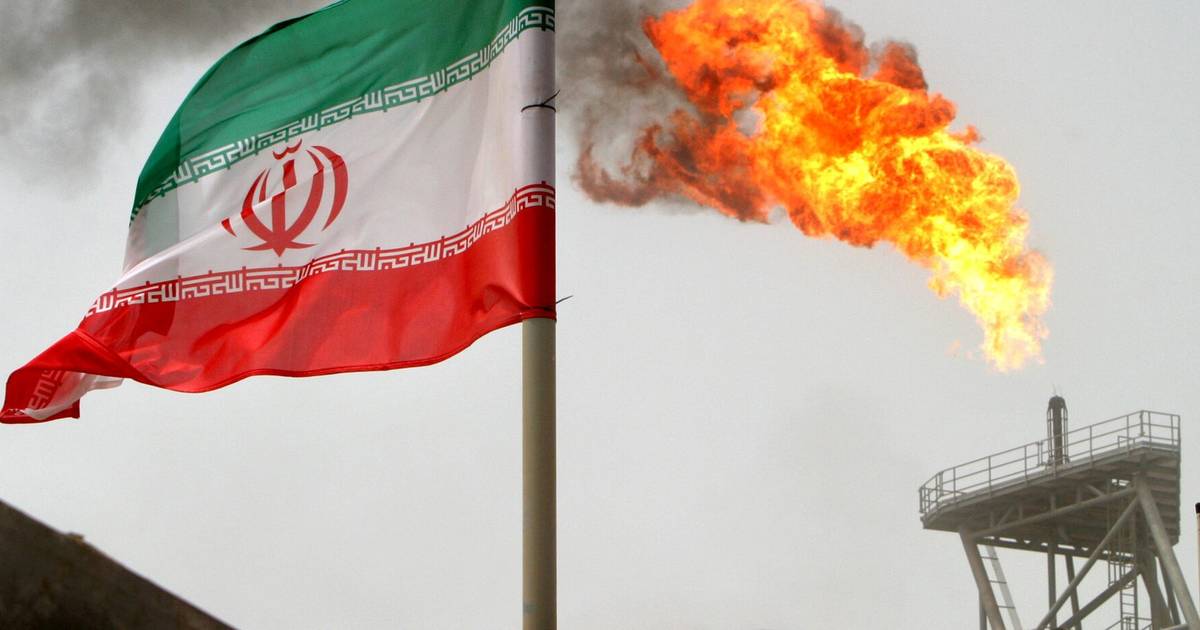
Similar Posts
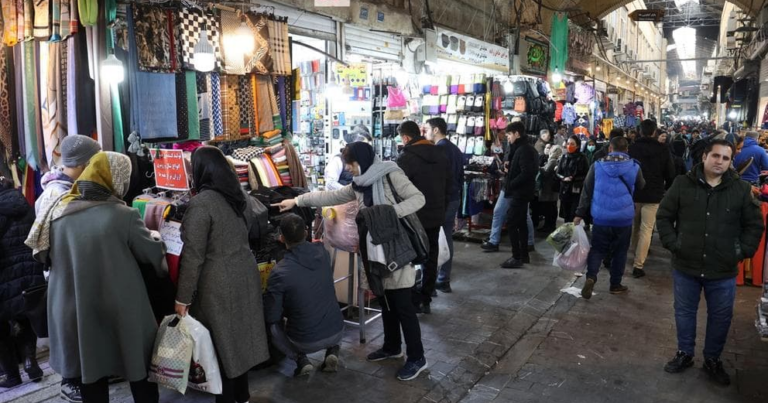
Iran’s Oil Boom Fails to Boost GDP Growth: Economic Expansion Halves Amidst Export Surge
Despite a 20% rise in oil exports, Iran’s GDP growth has sharply declined in the first half of the current calendar year, primarily due to recessions in agriculture, industry, and services. The Central Bank reported a GDP growth of just 2.7% during summer, half of 2023’s rate, while discrepancies between official data and other sources raise concerns about economic health. Severe electricity and gas shortages have exacerbated industrial output declines, and inflation has surged, with 33% of the population living below the poverty line. Future economic prospects are uncertain, especially with potential sanctions under a new U.S. administration.
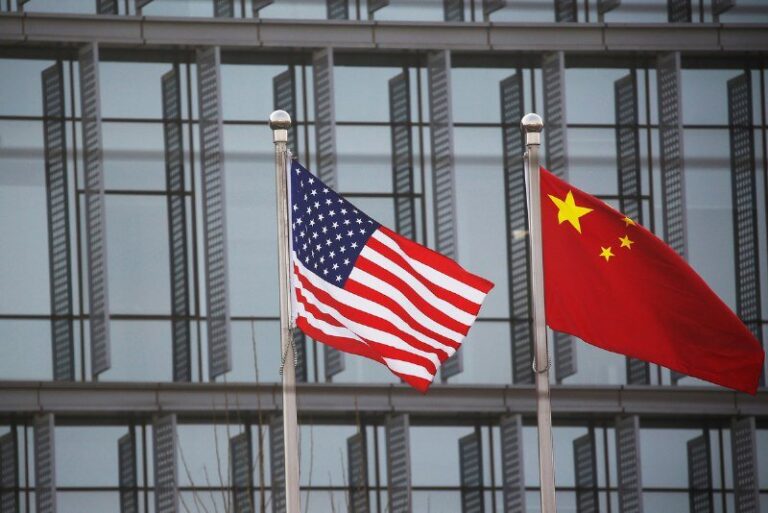
Beijing Issues Stark Warning Against ‘Appeasing’ US Amid Ongoing Tariff War
In a significant escalation of trade tensions, China has issued a stern warning about potential retaliatory measures against countries forming trade agreements with the U.S. that undermine its interests. The Chinese Ministry of Commerce condemned U.S. tariffs as “unilateral bullying” and indicated readiness to respond with countermeasures. As the trade war intensifies, other nations face economic uncertainty, increased tariffs, and potential shifts in global supply chains. Experts suggest the conflict may lead to a restructuring of trade alliances. The situation underscores the importance of diplomacy and collaboration to prevent further escalation and ensure mutual economic benefits.

Iran’s Diplomatic Strategy: Beyond Nuclear Talks and Expanding Global Engagement
Abbas Golroo, head of Iran’s Parliament’s National Security and Foreign Policy Commission, recently discussed Iran’s diplomatic efforts, particularly with neighboring countries and indirect negotiations with the U.S. He emphasized the complexity of diplomacy, stating that it involves multiple fronts, including ongoing Oman negotiations. Golroo highlighted the importance of fostering regional relationships through recent diplomatic visits and signing bilateral agreements to boost trade. He expressed hope that improved ties would lead to regional growth, stability, and peace. Overall, his insights reflect a proactive approach to diplomacy aimed at enhancing Iran’s global standing and regional cooperation.
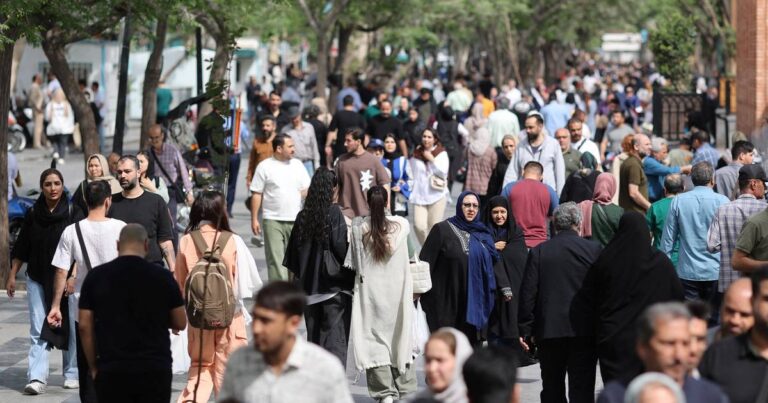
Iran’s Rial Dips as US Negotiations Get Delayed: Economic Impact and Insights
Iran’s currency, the rial, significantly declined past 870,000 to the US dollar after the fourth round of indirect negotiations with the US was delayed, raising concerns about nuclear-related diplomatic efforts. US Secretary of State Marco Rubio outlined demands for Iran, including ending uranium enrichment and allowing inspections. Iranian Foreign Minister Abbas Araghchi dismissed these demands as unproductive, asserting Iran’s rights under the Non-Proliferation Treaty. The International Atomic Energy Agency noted Iran is enriching uranium to 60%, highlighting the urgency of the talks. The rial’s volatility reflects the sensitive nature of Iran’s economy amid ongoing geopolitical tensions.
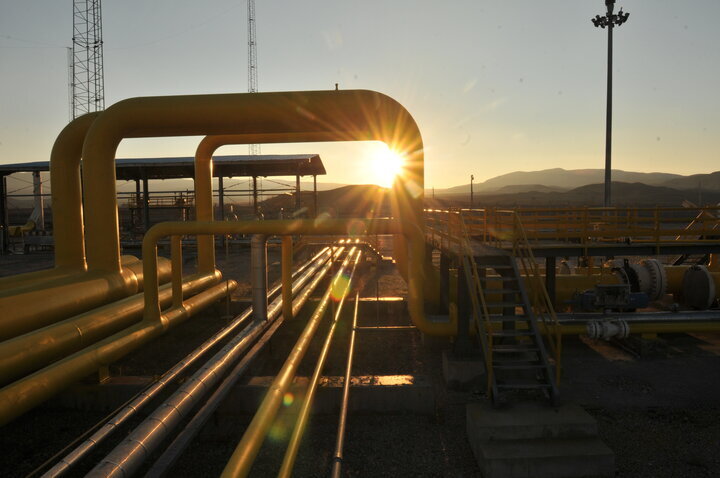
Iran’s Gas Industry: Remarkable Advancements and Growth Since 1979
Iran possesses over 33 trillion cubic meters of natural gas, about 17% of global reserves, making it the world’s third-largest gas producer with an annual output of 275 billion cubic meters. The country’s gas industry has evolved significantly since the Islamic Revolution, shifting from oil-focused energy to natural gas, especially with the development of the South Pars gas field, which supplies over 70% of domestic consumption. Today, Iran operates 20 refineries, has a vast pipeline network, and has drastically increased gas accessibility to urban and rural areas, improving public welfare and reducing fossil fuel use. The government is also enhancing gas storage capacity to stabilize supply.
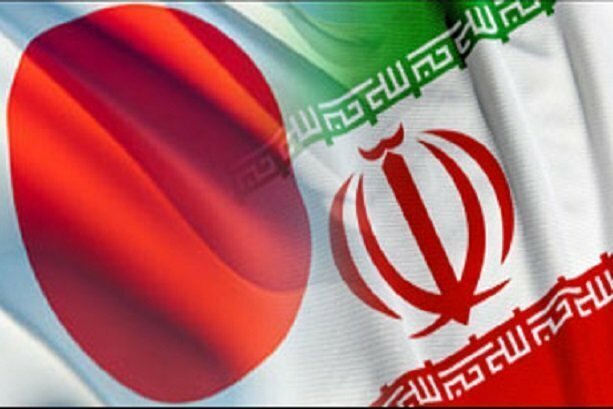
Japan Boosts Support for Iran’s Grassroots Initiatives with New Financial Aid Package
A ceremony at the Japanese Embassy in Tehran marked Japan’s financial aid to enhance healthcare in Iran, focusing on vital medical services for women and vulnerable groups. Key projects include providing endoscopy equipment for Qeshm Island, mammography for low-income women in Bushehr, vocational training for women in Tehran, and physiotherapy equipment for disabled individuals in Alborz. With a total budget exceeding 400,000 euros, these initiatives aim to improve access to essential health services for thousands. The collaboration highlights the historical ties between Iran and Japan, reinforcing their commitment to supporting healthcare for marginalized populations.